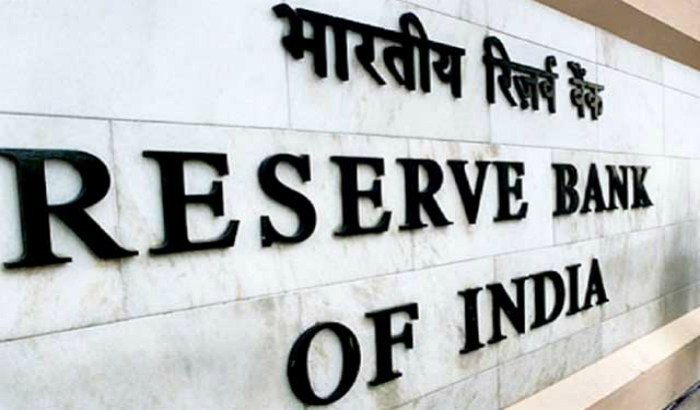15 Mar 2022 , 04:24 PM

The Reserve Bank of India (RBI) has issued master directions on regulatory framework for microfinance on March 14, 2022, which builds upon the consultation paper issued on the subject on June 14, 2021. The revised framework will be applicable from April 1, 2022 and it makes the regulations lender agnostic as it is applicable to all the RBI regulated entities (REs) involved in microfinancing activities.
According to ICRA, the revised regulatory framework aims to provide a level playing field to all the players involved in microfinancing activities and would provide more flexibility to non-banking financial company — microfinance institutions (NBFC-MFIs), though at the same time the enhanced limits for maximum permissible indebtedness of borrowers poses risk of over-leveraging in the industry. The REs include NBFC-MFIs, scheduled commercial banks (SCBs), small finance banks (SFBs), NBFC — investment and credit companies (NBFC-ICCs) and others.
Giving further insights Mr. Sachin Sachdeva, Vice President and Sector Head, Financial Sector Ratings, ICRA, says, “RBI has aligned the definition of microfinance loans across all REs, which will include collateral-free loans to households with annual household income of Rs. 3.00 lakh. The regulator has enhanced the annual household income threshold than what was proposed in consultation paper in June 2021 and this could increase the maximum permissible indebtedness limit of borrowers than current level.
In addition, RBI has removed cap on the number of NBFC-MFIs who can provide loans to a microfinance borrower. Instead, it has focused on borrowers’ repayment capacity and accordingly capped the fixed obligation to income ratio (FOIR) at 50%. Though the cap on FOIR would help in keeping the check on leveraging of borrowers, the enhanced indebtedness limit and divergence in household income assessment criteria across lenders would pose the risk of over-leveraging”.
With the cap of 50% on the FOIR and annual household income level of Rs. 3.00 lakh, the maximum permissible indebtedness of microfinance borrowers (household level) would increase significantly from the current levels (Rs. 1.25 lakh). Assuming a tenure of 24 months and interest rate of 22% p.a., the maximum permissible household-level loan comes to around Rs. 2.40 lakh.
The RBI has removed the cap on the rate of interest charged by NBFC-MFIs, which would provide them more flexibility and create a level playing field for all the REs. Moreover, the interest rate ceiling had been working as a de facto interest rate in the industry for all the players and the removal of the same is expected to make the players compete on loan pricing, thus benefiting the borrowers in the long-term. However, given the low interest rate elasticity in the sector and given the moderation in the profitability because of the Covid-19 induced stress, interest rates are expected to rise in the near-term.
While concluding Mr. Sachdeva says, “Though NBFC-MFIs will enjoy more flexibility, they will have to put in place board-approved policies on household income assessment, loan pricing regulations and other related aspects. In addition, increased data gathering, comprehensive credit bureau checks and enhanced disclosure requirements may slightly increase the operating costs.”
Related Tags

![]() IIFL Customer Care Number
IIFL Customer Care Number
(Gold/NCD/NBFC/Insurance/NPS)
1860-267-3000 / 7039-050-000
![]() IIFL Securities Support WhatsApp Number
IIFL Securities Support WhatsApp Number
+91 9892691696
www.indiainfoline.com is part of the IIFL Group, a leading financial services player and a diversified NBFC. The site provides comprehensive and real time information on Indian corporates, sectors, financial markets and economy. On the site we feature industry and political leaders, entrepreneurs, and trend setters. The research, personal finance and market tutorial sections are widely followed by students, academia, corporates and investors among others.
Stock Broker SEBI Regn. No: INZ000164132, PMS SEBI Regn. No: INP000002213,IA SEBI Regn. No: INA000000623, SEBI RA Regn. No: INH000000248

This Certificate Demonstrates That IIFL As An Organization Has Defined And Put In Place Best-Practice Information Security Processes.
Invest wise with Expert advice